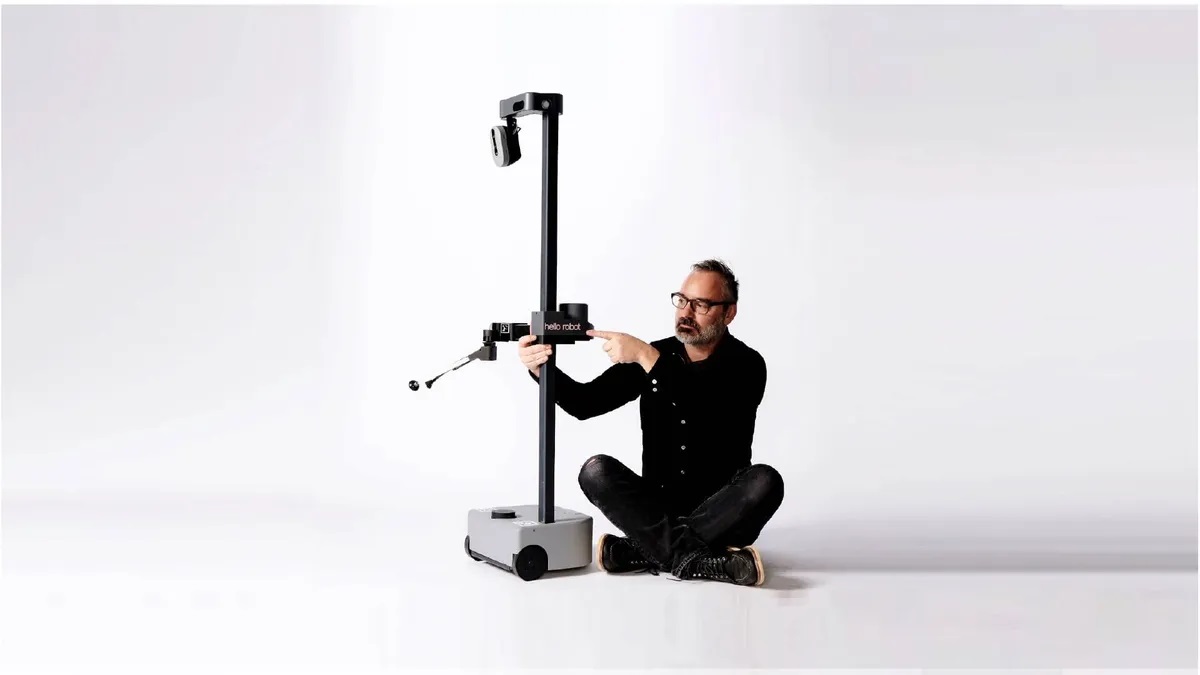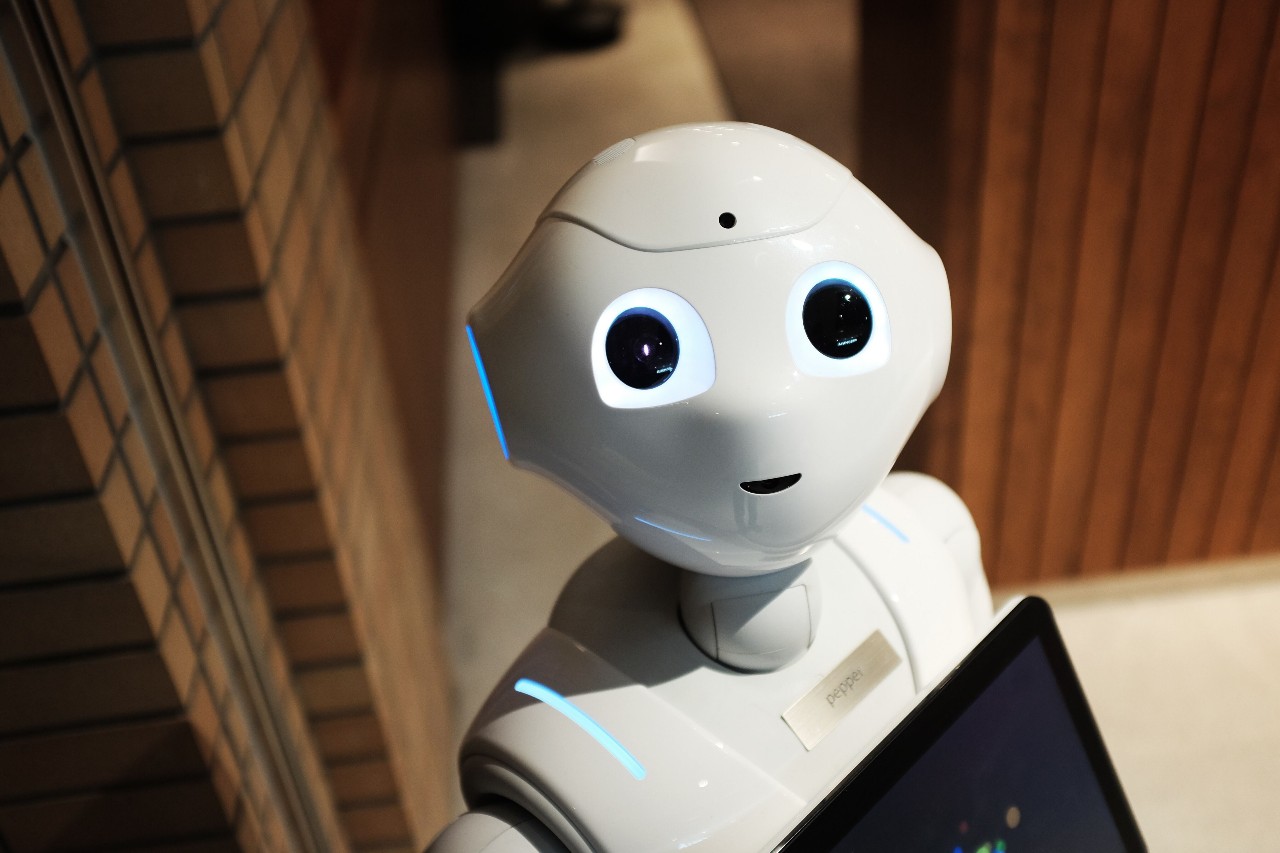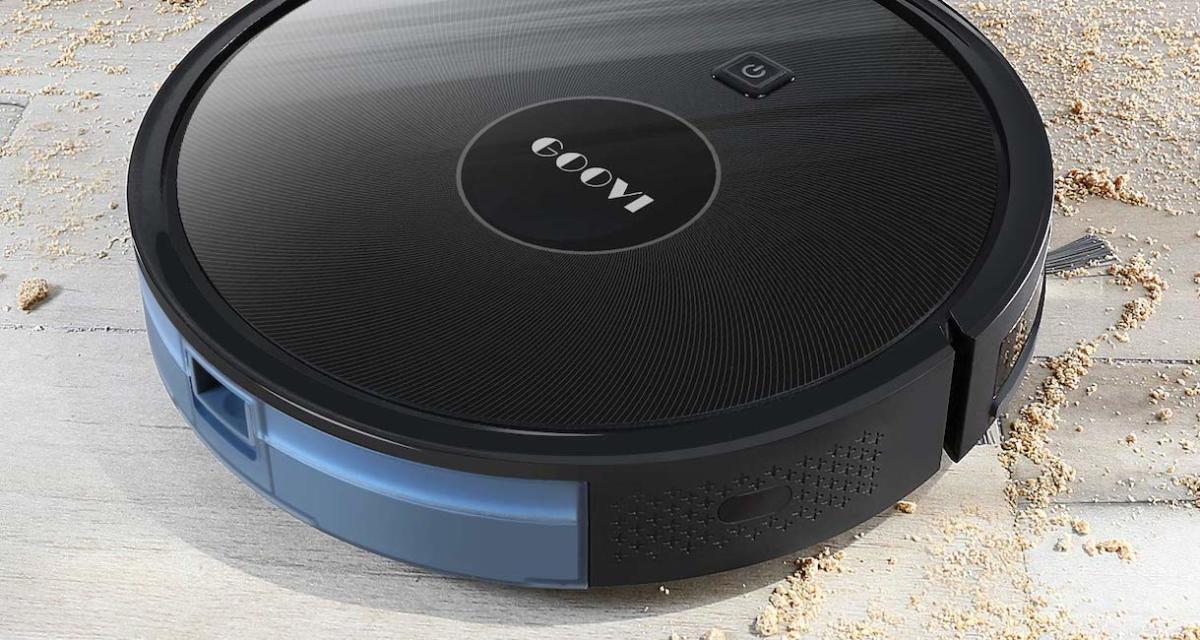The road to the home robot is one fraught with peril. The number of success stories it’s delivered can be counted on a single hand. The reasons for this massive disconnect are nuanced and complex — much like the insides of our homes. Twenty-years after the first Roomba arrived, the robot vacuum has begun to feel like a fluke — more of the exception than the rule.
Key Takeaway
Hello Robot has unveiled Stretch 3, a new platform for home robots, offering a glimpse into the future of robotics in the home environment.
Introducing Stretch 3: A New Platform for Home Robots
Aaron Edsinger, the former Google Robotics director who now serves at Hello Robot’s CEO, isn’t attempting to build the universal home robot — at least not now. The Stretch Robot (not to be confused with the Boston Dynamics truck-unpacking robot of the same name) line is a platform the company hopes the next generation of home robots will be built around. Watching it cruise around a home in the demo videos brings to mind Nvidia’s line of reference robots.
The Features of Stretch 3
The newly announced Stretch 3 is a robot with a wheeled base and an adjustable-height gripper. In the promotion video, you’ll see a couple of Stretches cruising around a home, making beds and unloading the dishwasher — exactly the manner of things people have long dreamed of in a home robot.
Challenges and Considerations
There are, however, two very important caveats. First is the $24,950 price tag. As someone who has been known to complain about high-end Roombas topping out above $1,000, it’s hard imagine anyone paying the cost of a low-end new car — especially given the system’s shortcomings for consumers.
That brings us to point number two: The system is controlled by teleop. There’s nothing wrong with teleop in and of itself, of course. I’ve made that point plenty of times. But a one-to-one human to robot control scenario is not a sustainable one — particularly in the home, which you probably don’t want to open up to whoever ends up on the other side of the camera.
The Future of Home Robotics
One place where teleop is great is the robotic learning process. This is where reinforcement learning comes in — walking the robot through the process of performing tasks in different scenarios. This is the kind of thing Tesla is mostly likely doing in that recent video of Optimus folding laundry — even if the company initially didn’t seem particularly eager to disclose that information.
“Too often, a video offers an exciting glimpse of the future, but the robot isn’t available,” co-founder Charlie Kemp says in a release. “Stretch 3 isn’t vaporware. It’s available today. It’s an invitation to join an amazing community creating an inspiring future. It’s also the most fun I’ve ever had as a programmer.”
All of that is true — save, perhaps for the last bit. We’ll just have to take the good doctor’s word on that one. But being on sale today doesn’t mean most people will — or should — buy it. Much like the above Nvidia example, it’s most correctly viewed as a reference device third-party developers can access to make the sorts of apps that could — one day — be genuinely useful.
The Evolution of Home Robots
Back to the question posed at the beginning. Why have we been waiting so long for a proper follow-up to the Roomba? That product was designed to do one thing competently and has grown much better at that single task over time. The initial Roomba had a hockey puck design, and honestly hasn’t strayed too far from gen one on that front. There are, however, extreme limitations to that form factor, including height (this matters a lot when it comes to where mounted sensors are placed) and a lack of limbs.
Challenges in Home Robotics
As far as that second part goes, Hello tellingly refers to the recent excitement around humanoid robots. The notion of “general purpose” pops up a lot. Remember, for example, when Tesla Bot was first announced and the company’s CEO promised a robot that can work all day in the car factory and then grab you some groceries on the way home?
It would take a lot more words than I’m currently allotting myself here to explain why truly generalized robots are a lot further off than you probably think. I’ve often discussed a middle ground between the two — moving from single- to multi-purpose robots. The path there may, indeed, involve an SDK and an app store-style approach to introducing new functionality.
The Future of Home Robotics
In this case, one begins to ask the reasonable question of how much the next home robot needs to look like us? The truly compelling argument here is stairs, but we’re far from a point where such mechatronic complexities can be delivered to home users at reasonable rates.
I find this bit from Hello’s press material to be particularly interesting: “Hello Robot has pioneered a middle way between simple single-purpose robots and complex humanoid robots, showing that robot’s don’t need to be humanoid to perform a wide variety of compelling tasks in homes.”
Looking Ahead
Mobile manipulation is a huge, huge bottleneck to the development of a proper home robot. Likely the solution will be more than just a couple of arms stuck on a Roomba. Rather than jumping straight to building yet another robot in our image, Stretch offers a manipulator more in line with what I’ve seen from home robot research projects like those found at the Toyota Research Institute.
I would say, at the very least, this is a space worth watching, even though you’re going to have to continue to patiently wait for your next robot pal.

























